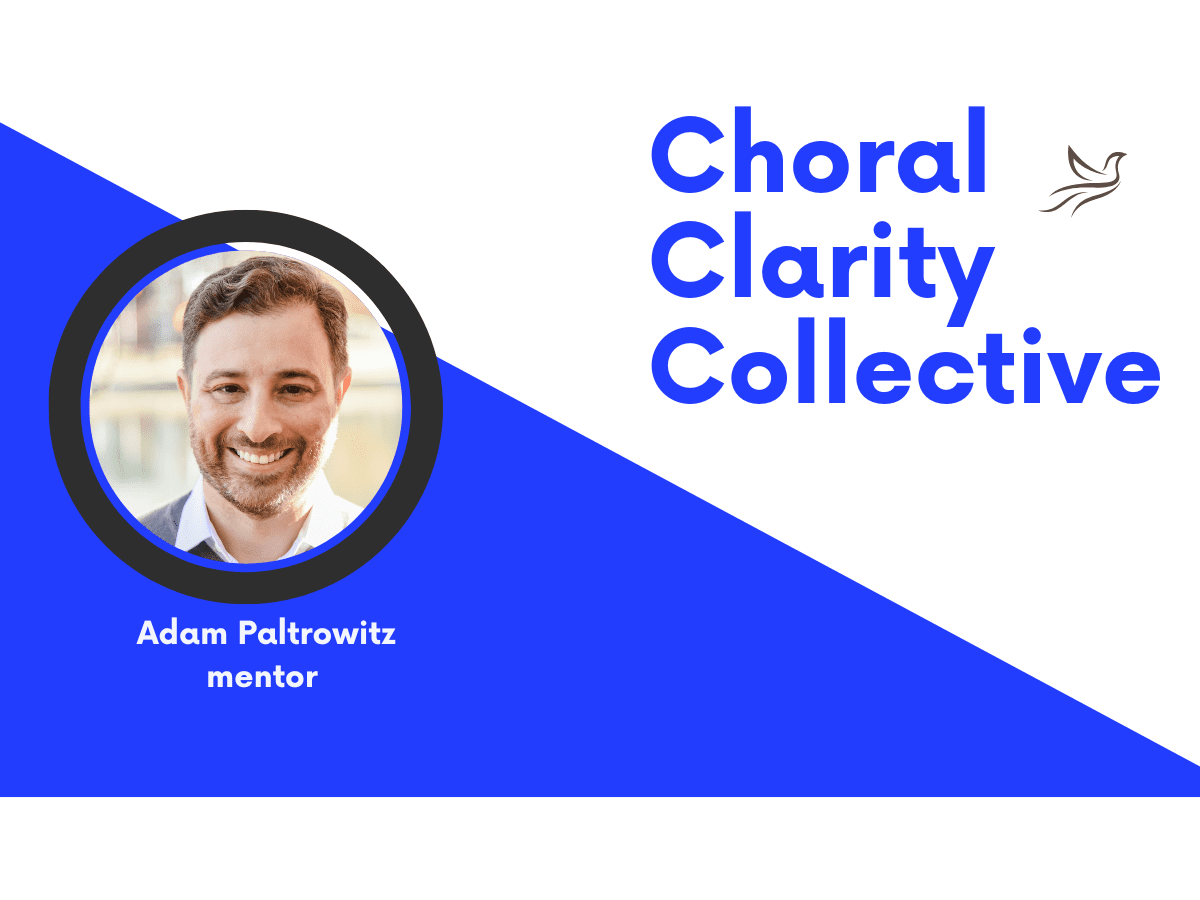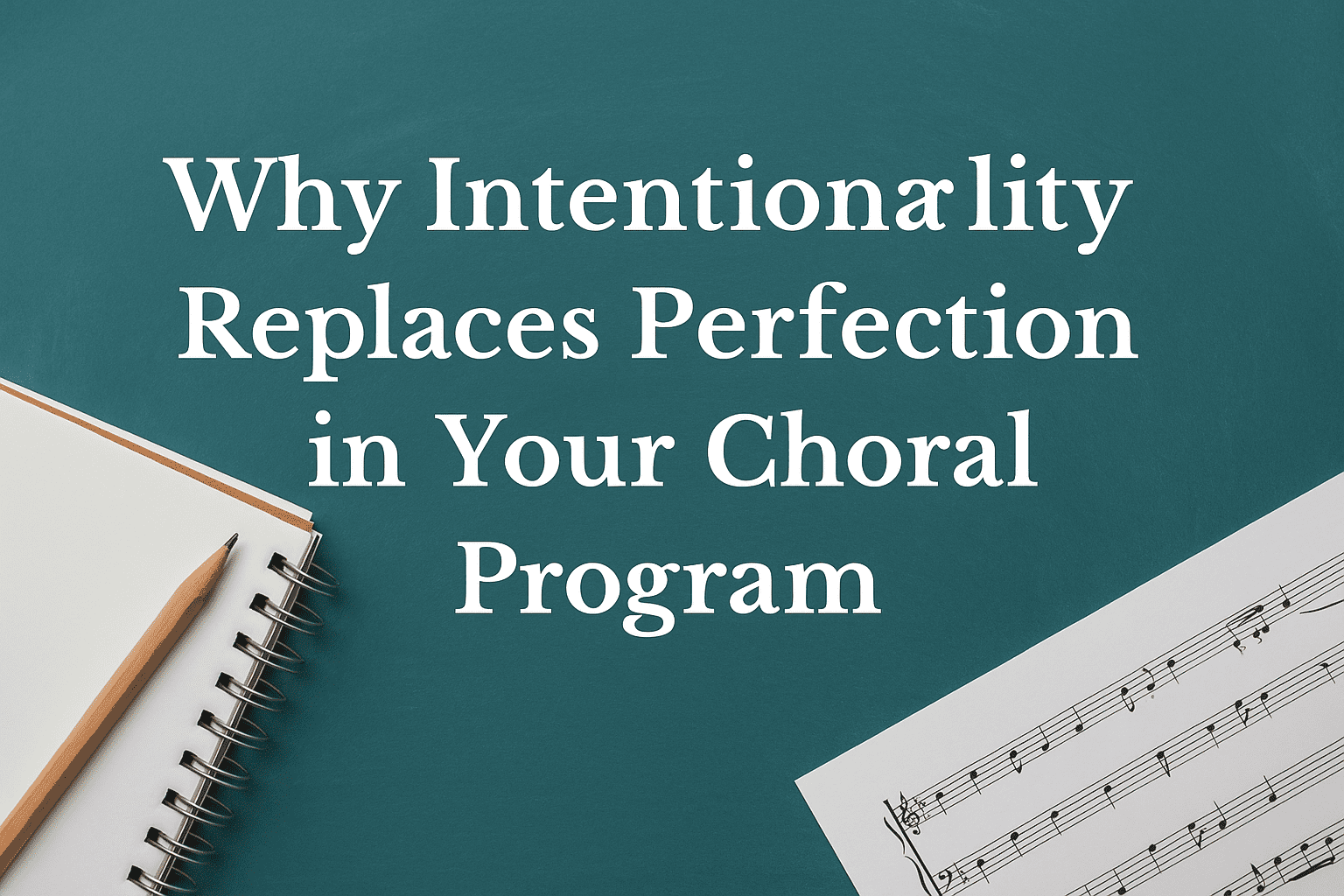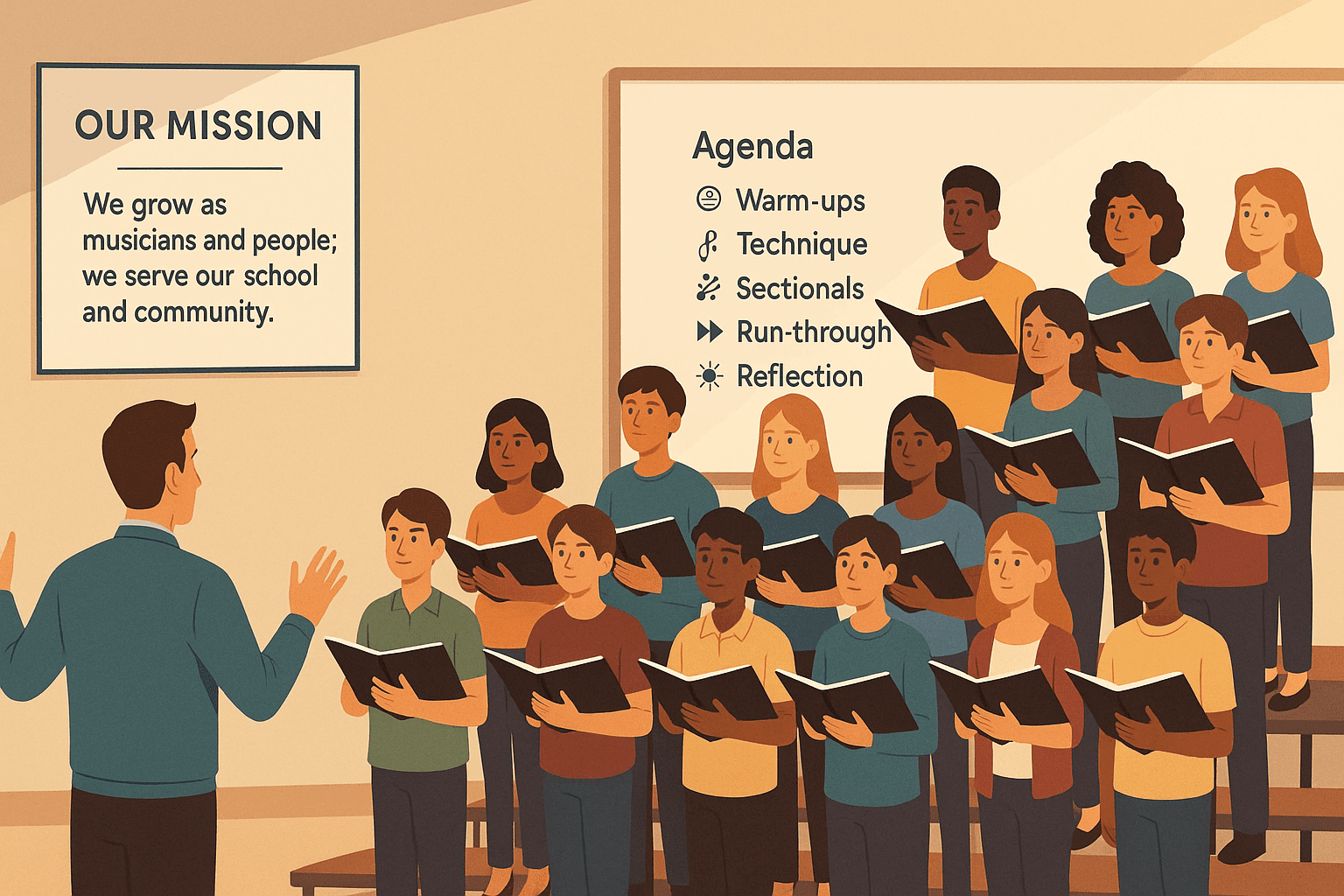From Chaos to Buy-In: The Sequence That Transformed My Choir (and Work-Life)
28 years ago, I started teaching at Plainview-Old Bethpage JFK High School after stints in New York City and another Long Island district.
In my first two jobs, my classes felt out of control. Students didn’t listen. Respect was scarce. When I arrived at Plainview-Old Bethpage, I saw the same patterns: off-task behavior, reluctant singers, and a chorus culture that was less than optimal. There was little to no buy-in.
I kept wondering: When will I find a school with respectful students who care?
Then it hit me.
The Hard Truth I Needed
I knew choral music. I knew repertoire, vocal technique, and rehearsal plans. But knowing what to teach wasn’t the problem.
The problem was order of operations.
It’s not what you know—it’s how you connect, how you build culture, and how you create buy-in so students care what you know.
Once I accepted that, everything changed.
Year 2 — I began intentionally shaping culture. Not perfect, but far better than Year 1.
Year 5 — My teaching and leadership finally aligned.
Year 10 — Buy-in was strong, but my work/life balance wasn’t—I was married to the job.
Year 15 — Buy-in stayed strong, students started exceeding expectations, and I went home on time.
Today (Year 28) — Buy-in is baked into the program, students thrive beyond expectations, and I still go home on time.
If I knew then what I know now, I would’ve been able to create immense buy-in in year 2 and have the program of my dreams in half the time and been going home on time just about every day. I’m going to show you that blueprint in order to save you the time, stress, and energy.
Try SIGHT READING FACTORY and save 10% using code: choralclarity
The Order That Works (And Why)
Here’s the sequence that built our momentum and keeps it strong:
1) Mission First, Decisions Second
Before new warm-ups, rubrics, or repertoire, I clarified what our program is here to do. That mission now filters every choice—rehearsals, concerts, leadership, and communication—and gives students a clear goal to buy into.
2) Culture + Consistency
Students need predictable systems to feel safe investing themselves. We built routines that reduce friction—entrances, materials, transitions, feedback cues—so the room stays calm and focused.
3) Vocal Technique That Builds Confidence
When singers feel and hear themselves improving, they engage. Technique is a confidence engine: it drives volume, intonation, and ownership.
4) Music Literacy as the Great Equalizer
Band and orchestra often come with built-in investment (instruments, lessons). Choir can feel more transient unless we create structured investment. Literacy did that for us—students saw choir as a serious, skill-building discipline, not a “show up and sing” class.
5) Grading for Growth (Not Busywork)
I shifted away from arbitrary points and toward clear, motivating criteria that reduced my workload and helped students self-assess. Less paperwork. More learning.
6) Leadership That’s Earned
Once the foundation was set, leadership meant something. Leaders learned how to run useful sectionals, move music forward, and support a healthy culture. (If you’re building composition, show choir, or musical theatre, the same foundation applies.)
7) Exceeding Expentations with the extensions You Choose
For us, that meant developing a nationally recognized a cappella program over time. For you, it might be composition, student-driven showcases, or simply rock-solid section leaders. The point: extensions work when the foundation is non-negotiable.
Flat.io – the best online notation program on the planet – save $$ with this link! (all of my pieces have been written on Flat.io over the past 5 years)
What Changed
-
Rehearsals became calm, productive, and focused.
-
Students took pride in growth they could measure and hear.
-
Leadership rose naturally from the culture.
-
My work-life balance improved—because the program didn’t rely on me doing everything.
As my work–life balance improved, student opportunities multiplied. The result: a thriving a cappella ecosystem with eight student-run groups, the highest All-County and All-State participation year after year, an engaged alumni network, and a choral/a cappella program at the center of our school and community—without me needing to be in the room.








Leave A Comment